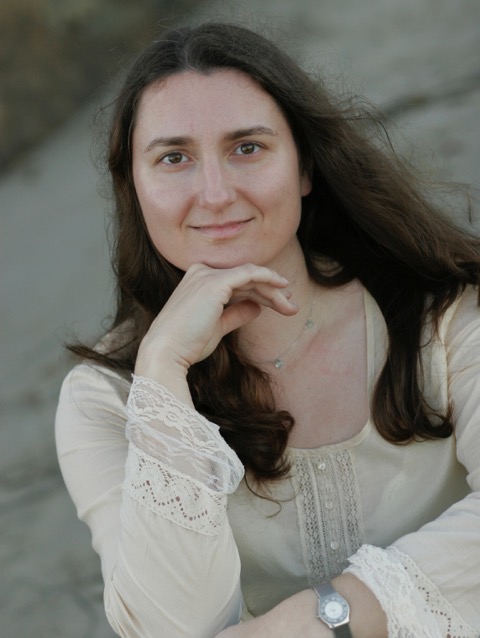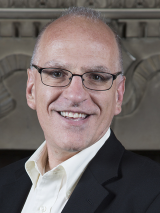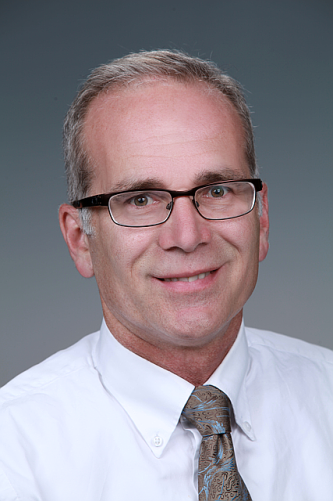Meeting Program — April 2016

Robert Rioux
Friedrich G. Helfferich Associate Professor of Chemical Engineering
Pennsylvania State University
Abstract — Industrial applications of supported late transition metal catalysts demand economic and scalable synthesis of these catalysts and current synthetic methods lack precision in terms of size, shape and compositional control. Moreover, supported metal catalysts suffer from poor stability, manifested in the form of sintering (i.e., particle growth) during reaction. The proper selection of the oxide support is of great importance to ensure high dispersion, activity and selectivity of the nanoparticles. The ability of these supports to enhance the dispersion of the active metal on their surface and control their morphology and sintering kinetics is fundamentally related to the nature and strength of the metal–metal oxide interaction at the time of adsorption. In this work, we have utilized isothermal titration calorimetry (ITC), a technique capable of quantifying the thermodynamic description (ΔG, ΔH, ΔS, n (stoichiometry)) of transition metal association with a support material in a single experiment. After providing a brief introduction to ITC and methods of catalyst synthesis, we will discuss our results to quantify the electrostatic interactions between solvated transition metal ions and charged amphoteric metal oxide surface. Within this interaction-type, we have studied both refractory and reducible metal oxides. With a reducible metal oxide, ceria, we demonstrate a potentially new mechanism of adsorption, which may describe the successful stabilization of noble metals enabling maintenance of small sized nanoparticles compared to other oxide supports. In addition to ITC, bulk uptake studies have aided in quantifying the amount of metal precursor adsorbed on the support surface and equilibrium isotherms describe the uptake behavior and may provide insight for predicting long term stability of the nanoparticles. In the second half of the talk, we discuss the adsorption of transition metal oxide and hydroxide nanoparticles in the galleries of of Nb-based perovskites. ITC was used to quantitatively rank the strength of adsorption between the metal nanoparticle and their propensity to sinter, as assessed by in-situ, high-temperature transmission electron microscopy. In both examples, we will emphasize this initial interaction at the solid-liquid interface is important and conveys a history effect to the catalyst that is evident during post-processing (drying, calcination and reduction). The estimated thermodynamic parameters are expected to quantify the type of bonding at the interface, shed light on the binding mechanism and the growth and sintering kinetics of supported catalysts.
Biography — Robert (Rob) M Rioux is the Friedrich G. Helfferich Associate Professor of Chemical Engineering at the Pennsylvania State University. Prior to joining the Pennsylvania State University in 2008, he was a National Institutes of Health Postdoctoral Fellow at Harvard University in the Department of Chemistry and Chemical Biology working with Professor George Whitesides. He received his Ph.D. in physical chemistry from the University of California, Berkeley in 2006 working for Professor Gabor Somorjai. He holds a B.S. and M.S. degree in chemical engineering from Worcester Polytechnic Institute and the Pennsylvania State University, respectively. Since joining the Penn. State faculty, he has received a number of awards, including a DARPA Young Faculty Award, an Air Force Office of Scientific Research Young Investigator Program Award, a NSF CAREER Award and a 3M Non-Tenured Faculty Award. Research in his laboratory is currently sponsored by NSF, DOE-BES, DARPA, AFOSR, AFRL, ACS-PRF and industry. His group’s current research focus is on the development of spatially- and temporally-resolved spectroscopic techniques for imaging catalytic chemistry, single molecule methods to understand single molecule/particle catalytic kinetics and dynamics, elucidating reaction mechanisms in nanoscale systems, including catalyst synthesis, development of solution calorimetric techniques to understand catalytic processes at the solid-liquid interface and the development of base-metal catalysts for chemoselective chemical transformations, including biomass to chemicals conversion.





